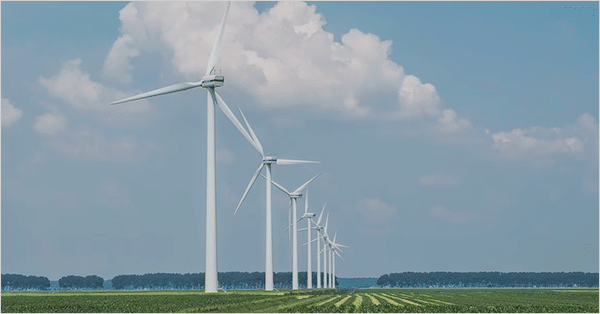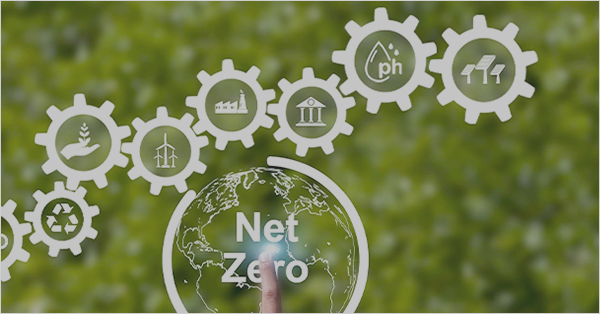
According to data from the National Greenhouse Gas (GHG) Inventory corresponding to the Fourth Biennial Report (IBA) 2020-21, GHG emissions from the energy sector in 2018 reached 51% of total emissions (366Mtco2e).
In this context, it is essential to develop a strategic policy for the energy transition and its implementation in the national territory, considering its capacity to promote paradigm shifts in economic, social and environmental development processes.
On July 7, by Resolution 517/2023 of the Secretariat of Energy (of the Ministry of Economy), Argentina approved the National Energy Transition Plan to 2030 and the Guidelines and Scenarios for the Energy Transition to 2050[1]. The approved documents contain the different fields of action and the different measures that the Secretariat plans to develop in its energy transition pathway, in order to comply with the commitments assumed under the United Nations Framework Convention on Climate Change (UNFCCC).
Energy is a central vector for the country’s economic development, which is why economic and energy policy must have a joint and coordinated approach, within an energy transition programme that takes into account energy resources, macroeconomic restrictions, and the commitments assumed, in order to become a dynamic sector that helps to solve the social, productive and energy problems that structurally condition the population’s quality of life.
According to the plan, “there is potential in terms of low GHG emission energy from excellent renewable resources, both for solar irradiation in northern areas of the country and Cuyo, for good wind resources in Patagonia and the coasts of Buenos Aires, and for important water flows to take advantage of in the country’s numerous water basins”.
It sets quantitative targets for 2030:
• Not to exceed the net emission of 349 million tons of CO2 equivalent for the whole economy, which is in line with the latest NDC.
• Reduce energy demand by at least 8% through energy efficiency and responsible energy use.
• Exceed 50% renewables in electricity generation. This includes renewable energies under Law 27.191 (2015) and hydroelectric plants larger than 50 MW.
• Achieve electric car penetration of 2% of the vehicle fleet.
• Reach 1000 MW of renewable distributed generation.
• Increase the high-voltage electricity transmission grid by 5,000 km of new lines.
The investments required for the energy transition pathway to 2030 could exceed 86 billion dollars if the capacity to be installed for the production of low-emission hydrogen is also included, requiring more than 50% of foreign exchange according to the national content of the investments.
Therefore, the plan’s objectives include transforming the energy deficit into a surplus and taking advantage of local resources, achieving an economic and social transformation by developing the entire energy technology value chain, developing local industry and becoming an exporter of energy resources. However, for the process to be sustainable, energy security, social equity, climate change mitigation and techno-industrial development must be addressed throughout the process.
[1] Periodic updates of the Plan are foreseen, with the first update due by 31 December 2024, and subsequent updates every five years.







 Stay updated on the latest trends of Green Finance
Stay updated on the latest trends of Green Finance


